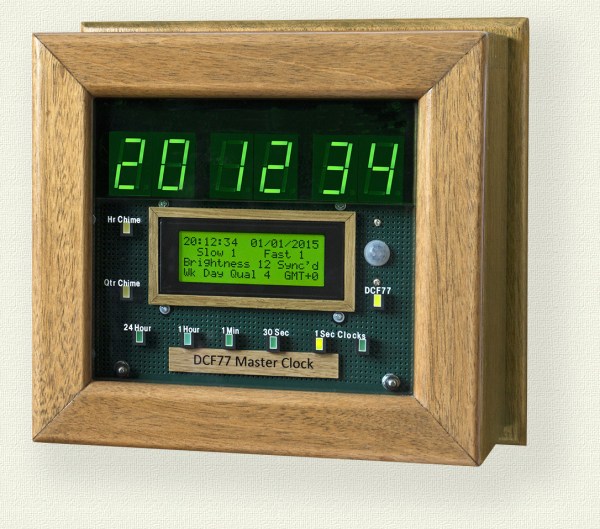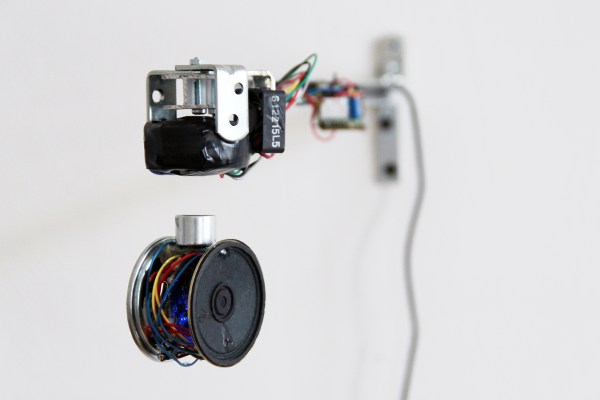A rollercoaster company in Germany called Mack Rides joined forces with a team of virtual reality developers in the spring of 2014 to create an experience like no other.
The idea came from [Thomas], a professor at the University of Applied Sciences Kaiserslautern who was working in the department of Virtual Design at the time. The thought of extending a real rollercoaster ride with an Oculus Rift was an intriguing one, so he approached Mack Rides with the experiment, and the ground-breaking research began.
Hundreds of tests were done over the following weeks and months, which provided insight into how we perceive time and space while inside VR. This led to some interesting discoveries. For one, the VR track inside the Rift could be more complex than the real one. This meant that the directions could be contorted into different angles without the user feeling much of a difference. Knowing this, the developers were able to unfold/extend the track well beyond what was possible in real life.
Another epiphany had to do with the rails, which actually didn’t have to be present in VR at all. In fact, it was better if the tracks weren’t there because the experience was much more exciting not knowing which way the ride was suddenly going to take. This made things exponentially more surprising and compelling.
By far the most startling revelation was the reduction in dizziness and motion sickness during the tests. This was attributed to the complex synchronization that the mind goes through when melding together g-forces and the actual rollercoaster rides with the virtual ones displayed inside the Oculus Rift.

















